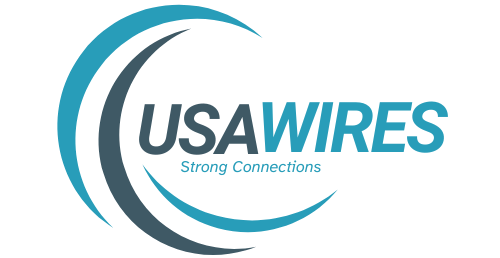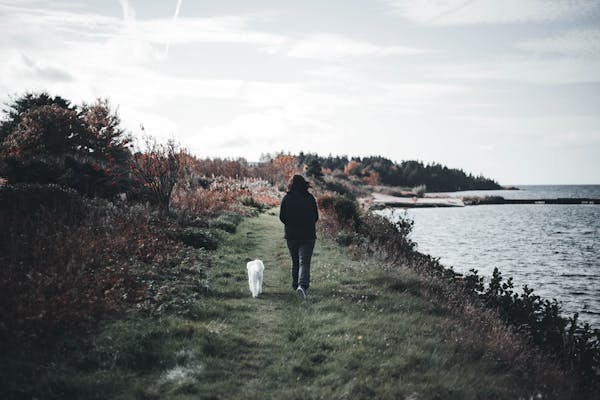Introduction
The courting among people and animals is as vintage as civilization itself. Over centuries, human beings have shared their world with animals in a whole lot of ways—domestication, companionship, utility, and conservation. One of the maximum bright expressions of this relationship can be observed in zoos, in which human beings come upon animals they may by no means see of their every day lives. Zoos have developed from easy presentations of amazing creatures to complex centers focused on conservation, training, and animal welfare.
The “Art of Zoo” refers to the intricate, evolving dating among humans and animals, as determined in those settings. It’s no longer pretty much housing animals in enclosures however also about understanding their nature, maintaining endangered species, and fostering a experience of admire and empathy for the animal nation.
This article will explore the various aspects of the “Art of Zoo”—how zoos have changed over time, their role in conservation, and the way they shape human perception of animals. It may even discuss the moral concerns surrounding zoos and the future of human-animal relationships inside the context of training, renovation, and care.
________________________________________
The Evolution of Zoos: From Spectacle to Conservation
In historical instances, animals had been frequently used by the rich and effective as symbols of wealth and power. The earliest “zoos,” referred to as menageries, may be traced back to Ancient Egypt and China, in which distinctive animals were housed for royal amusement. These early enclosures have been greater focused on display than on animal welfare or training.
As society progressed, so did the concept of zoos. By the 19th century, zoos have become more available to the general public. However, the early zoos of present day technology nevertheless in large part functioned as spectacles where human beings may want to gawk at animals from overseas lands, frequently saved in cramped, unnatural situations. Animal welfare was no longer a concern, and the primary focus was leisure.
The twentieth century marked a prime shift within the motive and operation of zoos. With a growing attention of conservation and the safety of endangered species, many zoos converted into facilities for training and protection. Today, present-day zoos emphasize the significance of imparting animals with enriched environments that mimic their natural habitats. Zoos have emerged as places where people can learn about animals, ecosystems, and the significance of biodiversity.
________________________________________
The Role of Zoos in Conservation
One of the greatest contributions of modern zoos is their position in flora and fauna conservation. As herbal habitats are cut back because of deforestation, weather exchange, and human encroachment, zoos have grown to be secure havens for endangered species. They play an energetic function in breeding packages, studies, and reintroduction projects aimed at saving species from extinction.
1. Breeding Programs
One of the important thing conservation efforts of zoos is their involvement in captive breeding applications. Zoos work together to hold genetic range in animal populations through cautiously deliberate breeding efforts. This is particularly crucial for species that are seriously endangered, together with the black rhinoceros, Amur leopard, and Sumatran orangutan. Through those packages, zoos help make sure that species remain to thrive, even when their numbers within the wild are dangerously low.
For instance, the California condor became on the brink of extinction in the Eighties, with the handiest 27 birds closing in the wild. Thanks to captive breeding packages in zoos, the populace has now grown to over four hundred birds, with some being reintroduced into their herbal habitat. This is just considered one of many achievement testimonies where zoos have played a pivotal function in saving species from extinction.
2. Reintroduction Initiatives
In addition to breeding packages, zoos paintings on reintroduction projects, which intention to release animals back into the wild after they had been raised in captivity. These projects are mainly essential for species whose populations have been decimated via poaching, habitat destruction, or different human activities. Zoos assist in preparing animals for the challenges they’ll face inside the wild and reveal their progress as soon as they are released.
While reintroduction packages are complex and no longer constantly a success, they offer hope for species that could otherwise disappear. Zoos paintings intently with conservation agencies, governments, and neighborhood communities to make certain that animals have secure surrounding to return to.
3. Education and Awareness
Zoos additionally play a critical function in teaching the general public approximately the importance of conservation. By supplying traffic with the possibility to have a look at animals up close, zoos foster a greater appreciation for the natural world and the ecosystems wherein animals stay. Many zoos offer educational packages, workshops, and interactive reveals that educate people approximately the threats going through endangered species and what may be done to assist shield them.
Through these educational tasks, zoos inspire human beings to do so, whether it is assisting conservation efforts, reducing their environmental effect, or turning into advocates for animal welfare.
________________________________________
The Human-Animal Connection
The “Art of Zoo” extends beyond conservation and education; it additionally speaks to the deep connection humans experience with animals. Zoos provide a unique possibility for human beings to have a look at the behaviors and traits of animals, fostering a sense of awe, empathy, and appreciation. This connection is particularly sturdy among children, who are frequently inquisitive about animals and increase a lifelong appreciation for wildlife via zoo visits.
1. Emotional and Psychological Benefits
Interacting with animals has been shown to have emotional and mental benefits for people. Many humans discover an experience of peace and surprise in looking at animals, and this connection can assist lessen strain, improve intellectual properly-being, and even boom empathy. Zoos, on this context, function as area in which people can reconnect with nature and revel in the splendor of the animal state.
2. Inspiration for Conservation Efforts
The experience of traveling a zoo can inspire humans to grow to be extra active in conservation efforts. By getting to know about the threats facing certain species, zoo site visitors are regularly encouraged to contribute to natural world safety projects. Whether it is via donations, volunteering, or making lifestyle adjustments to reduce environmental harm, zoos play a role in sparking a passion for conservation.
3. Companionship and Support
Animals, mainly in settings like zoos or sanctuaries, can offer companionship and emotional guidance to humans. People with special wishes, including people with autism or tension, frequently discover comfort within the presence of animals. Zoos from time to time offer packages where individuals can engage with animals in healing approaches, in addition to highlighting the bond among humans and animals.
________________________________________
Ethical Considerations and Challenges
While zoos have made sizeable strides in promoting animal welfare and conservation, they still face moral challenges. Critics argue that preserving animals in captivity, even for conservation purposes, can deprive them of the herbal stories they might have inside the wild. Issues which include enclosure length, animal pressure, and unnatural living situations stay factors of the situation.
1. Animal Welfare
Modern zoos try to offer animals enriched environments, however, no enclosure can absolutely reflect the complexity of the wild. Some animals, particularly massive mammals like elephants and massive cats, have good-sized natural tiers and can struggle to conform to life in captivity. Zoos ought to constantly paint to improve their enclosures and provide possibilities for animals to interact in herbal behaviors.
2. Conservation vs. Captivity
There is a delicate stability between conservation and captivity. While zoos play a critical role in saving endangered species, it is essential to impeach whether certain animals have to be stored in captivity at all. Some argue that efforts need to attention more on shielding habitats and growing secure areas for animals inside the wild in preference to counting on zoos to residence them.
3. The Role of Zoos in a Changing World
As public awareness of animal welfare grows, zoos have to continue to conform. Many zoos have shifted their recognition from amusement to training, conservation, and ethical animal care. However, the debate over whether animals must be kept in captivity will possibly retain, pushing zoos to find new methods to justify their life and make certain that they may be contributing undoubtedly to each animals and society.
________________________________________
Conclusion
The “Art of Zoo” represents a complex and evolving relationship between humans and animals. From their early days as spectacles of enjoyment to their present day function as facilities for conservation and training, zoos have undergone significant changes. Today, they serve as essential hubs for natural world upkeep, education, and fostering human-animal connections.
While ethical worries about captivity stay, contemporary zoos attempt to balance their assignment of conservation with animal welfare. They play a crucial function in protecting endangered species, teaching the public about the significance of biodiversity, and inspiring future generations to take action in maintaining the natural world.
In the quit, the “Art of Zoo” is set understanding the obligation humans need to the animal kingdom. It is set locating methods to coexist with, take care of, and defend the creatures with whom we proportion the planet. As zoos continue to conform, they’ll stay key gamers within the ongoing attempt to make certain a sustainable future for both human beings and animals.

